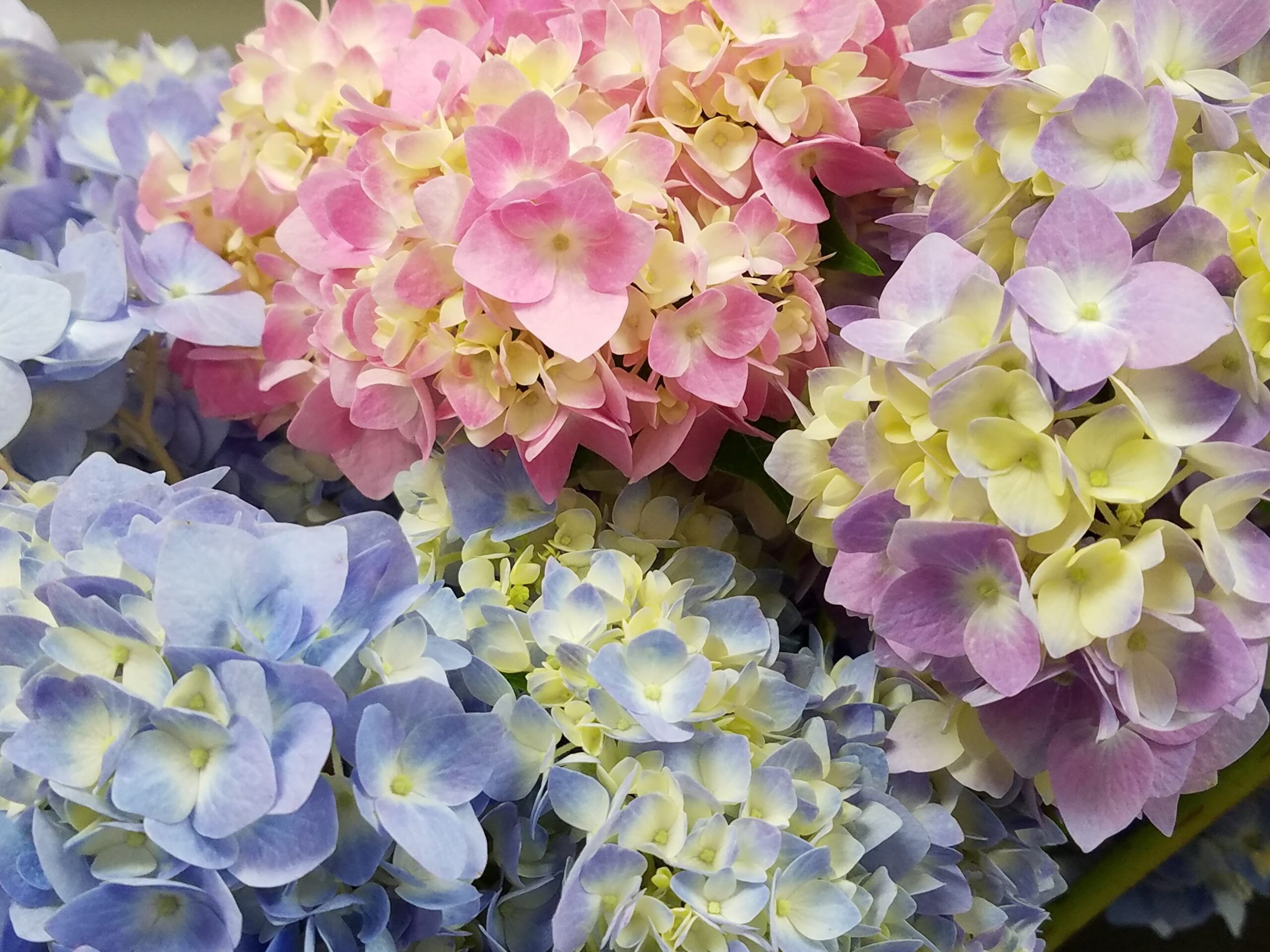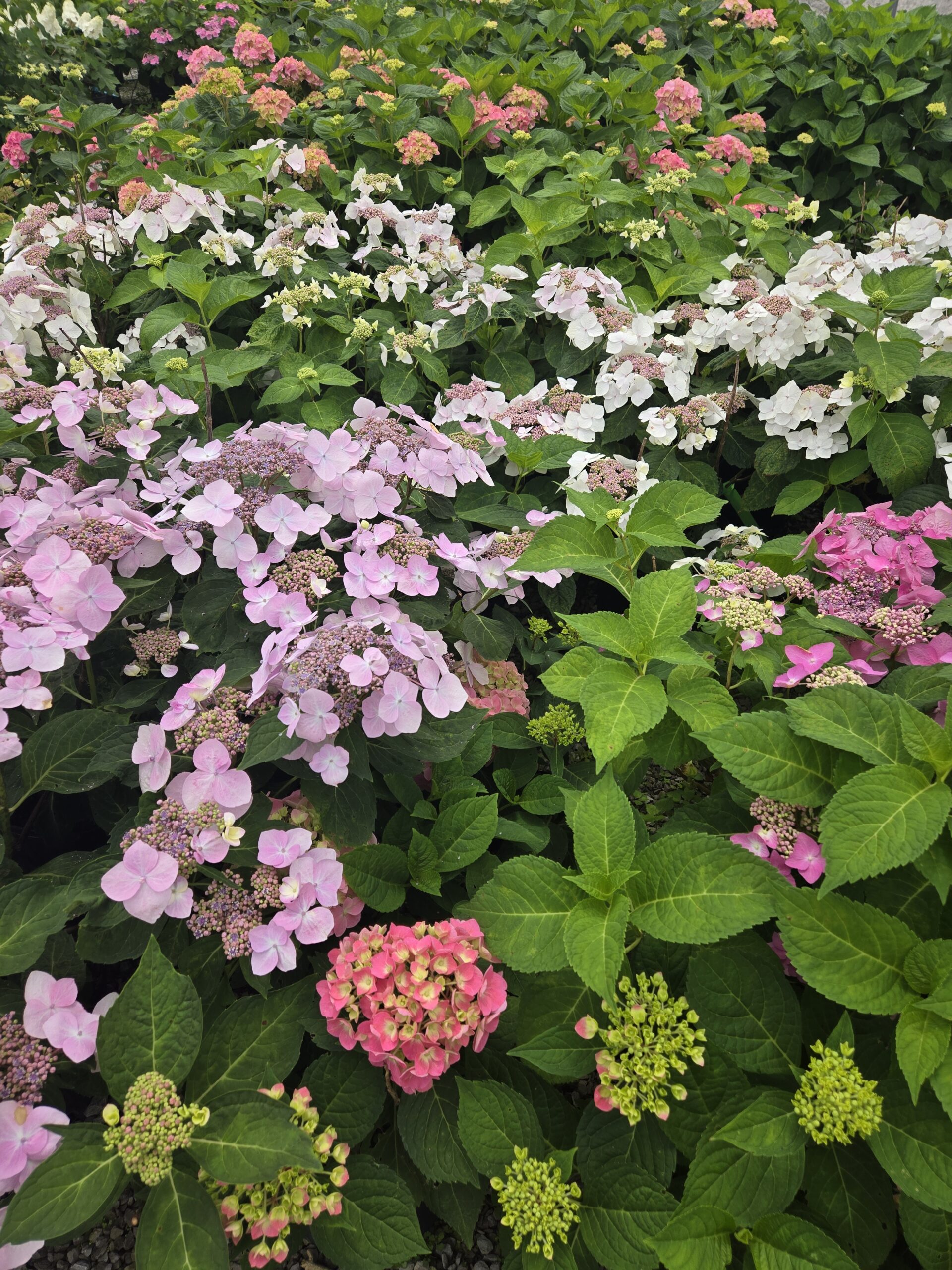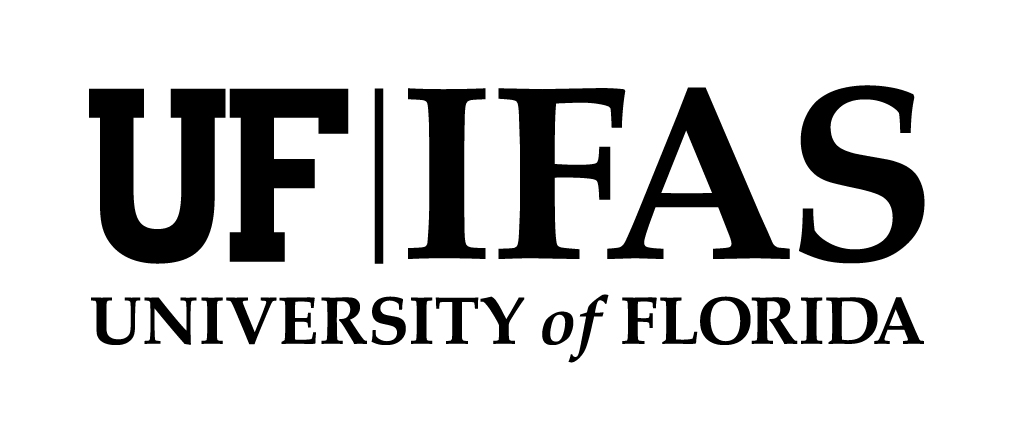Bigleaf hydrangea (Hydrangea macrophylla) is one of the most economically important and widely cultivated nursery crops worldwide. Hydrangeas are prized for their large showy flowers and lush green foliage. They are versatile ornamental plants sold for landscape use, patio and container use, and as cut flowers in the floral industry. Bigleaf hydrangea has several unique features that make it an ideal candidate for genome-enabled breeding, including the ability to metabolize toxic levels of aluminum and to flower continually throughout the growing season.
As a typical woody plant, hydrangea breeding requires a long generation time in a conventional breeding process. Traits that are most important to bigleaf hydrangea breeding are unique inflorescence architecture and flower color variation, floral induction (reblooming for landscape use and year-round floral production for florist’s hydrangeas), drought and sun tolerance in landscape breeding, and powdery mildew resistance for greenhouse and landscape grown plants. There is a priority need to develop gene-trait correlations and marker-assisted selection for developing value-added cultivars with a combination of desired traits. Developing foundational technologies and genetic resources for hydrangea will also serve as a model system to help springboard these technologies and applications to a broader universe of nursery crops.






